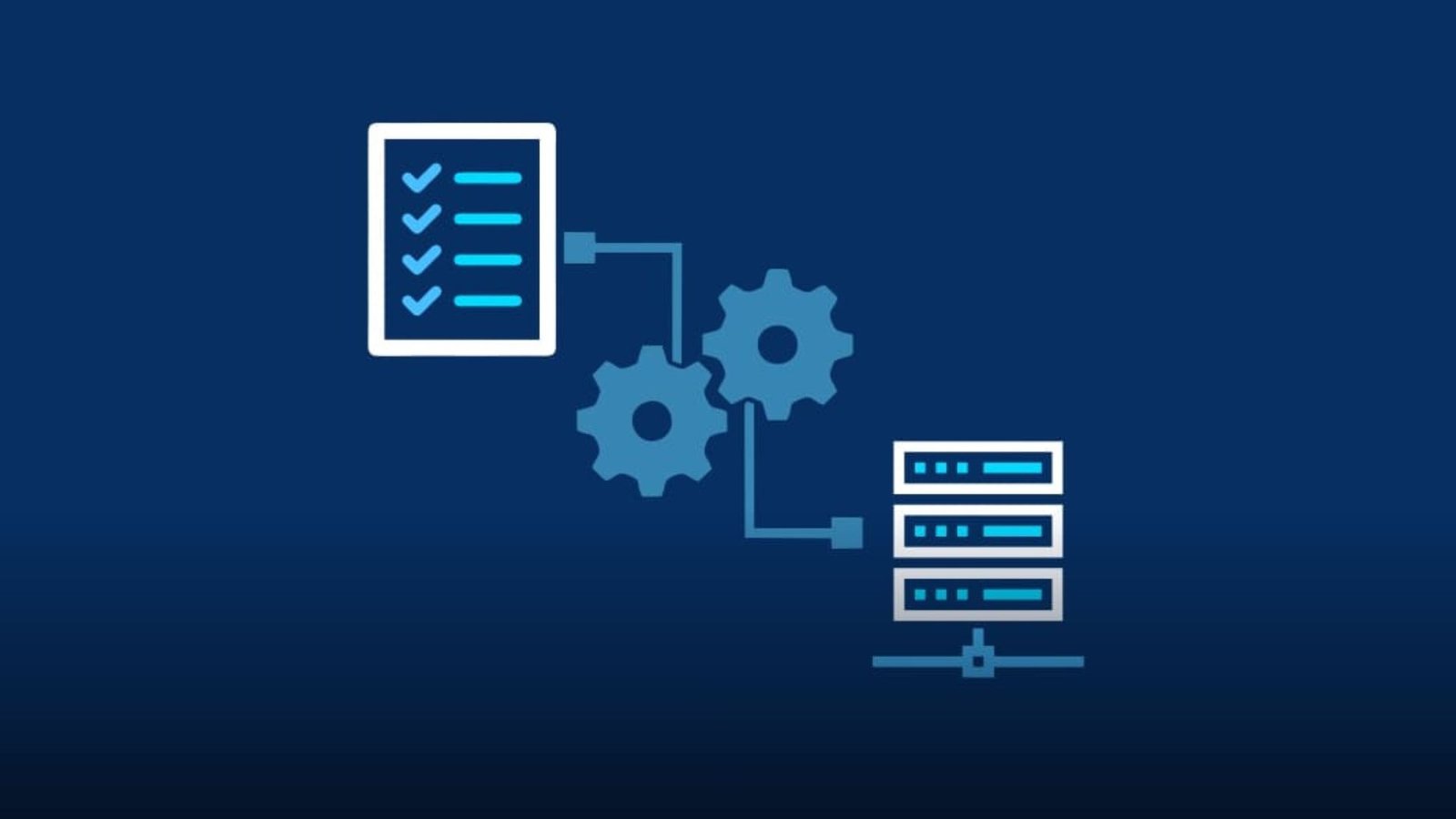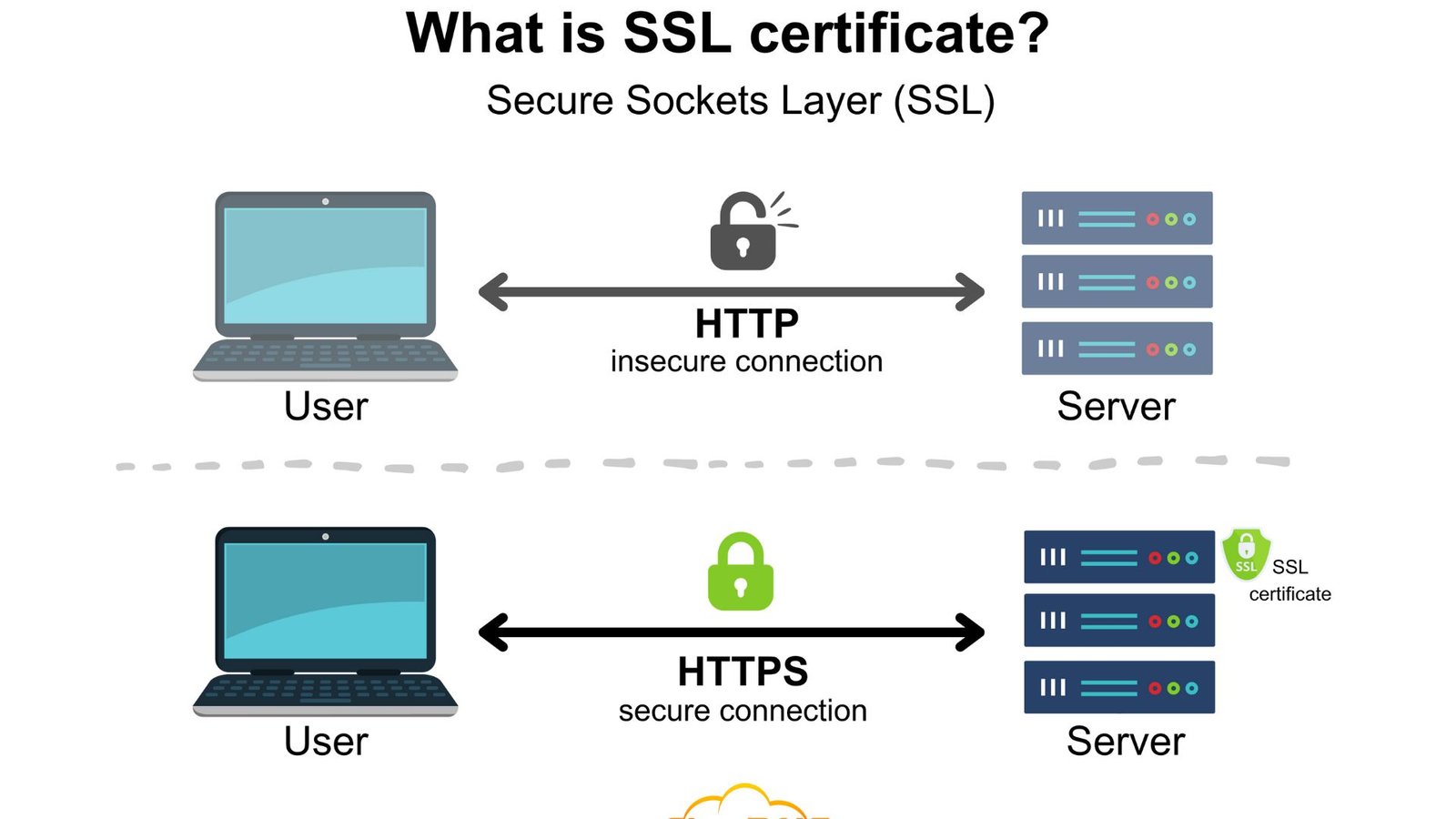When your website experiences high traffic, managing server load effectively becomes crucial. The last thing you want is for your site to crash or slow down just as visitors are flocking to it. Properly managing server load ensures that your website remains fast and responsive, even during peak times. In this article, we’ll discuss several strategies you can use to keep your server running smoothly when traffic spikes.
Managing Server Load During High Traffic
Why Managing Server Load is Important
High traffic can put significant strain on your server, leading to slower load times or even complete outages. This not only frustrates your users but can also harm your search engine rankings. By managing server load efficiently, you ensure that your site remains accessible and functional, providing a better experience for your visitors. Moreover, a well-optimized server can handle more traffic without requiring expensive hardware upgrades.

1. Use a Content Delivery Network (CDN)
One of the most effective strategies for managing server load is to use a Content Delivery Network (CDN). A CDN distributes your website’s content across multiple servers located around the world. When a user visits your site, the CDN delivers content from the server closest to them, reducing the load on your main server and speeding up load times. This is especially useful during high-traffic events, as it ensures that your server isn’t overwhelmed by too many requests at once.
2. Optimize Your Database
Your database plays a critical role in your website’s performance, especially when traffic increases. Regularly optimizing your database can help in managing server load by reducing the amount of time it takes to retrieve information. This can be done by removing unnecessary data, optimizing queries, and using caching mechanisms. By keeping your database lean and efficient, you reduce the burden on your server and improve overall site performance.
3. Implement Caching
Caching is another essential strategy for managing server load. By storing a version of your site’s content in the cache, your server doesn’t have to generate the same content repeatedly. This reduces the number of requests your server needs to handle, allowing it to focus on delivering new content. There are several types of caching you can implement, including browser caching, server-side caching, and object caching. Each of these helps in reducing the load on your server, making your site more responsive during high-traffic periods.
4. Use Load Balancing
Load balancing is a technique used to distribute incoming traffic across multiple servers. This is particularly useful for managing servers during high-traffic events, as it prevents any single server from becoming overwhelmed. Load balancers can be hardware-based or software-based, and they ensure that each server in your network shares the traffic load equally. This not only improves performance but also enhances the reliability of your site, as traffic is rerouted to available servers if one goes down.
5. Optimize Images and Media Files
Large images and media files can significantly increase your server load, especially during high traffic. These practices are vital for managing servers effectively.
6. Monitor Traffic and Server Performance
Monitoring your server’s performance in real time is crucial for <strong>managing server load during traffic spikes. Use monitoring tools to track traffic levels, server response times, and resource usage. By identifying bottlenecks and potential issues early, you can take action before they affect your site’s performance. Regular monitoring allows you to adjust your strategies as needed, ensuring that your server remains stable even under heavy loads.
7. Upgrade Your Server Resources
Sometimes, the best way to handle increased traffic is to upgrade your server resources. Adding more RAM, increasing CPU power, or moving to a higher-tier hosting plan can provide your server with the capacity it needs to handle high traffic. While this might not be the first option for <strong>managing server load, it’s an important consideration if your site regularly experiences traffic spikes.
Conclusion
Managing server load during high traffic is essential for maintaining a fast, reliable website. By using strategies like CDNs, caching, load balancing, and monitoring, you can ensure that your server remains stable even when traffic surges. These techniques not only improve user experience but also protect your site from potential crashes, helping you maintain your online presence when it matters most.




